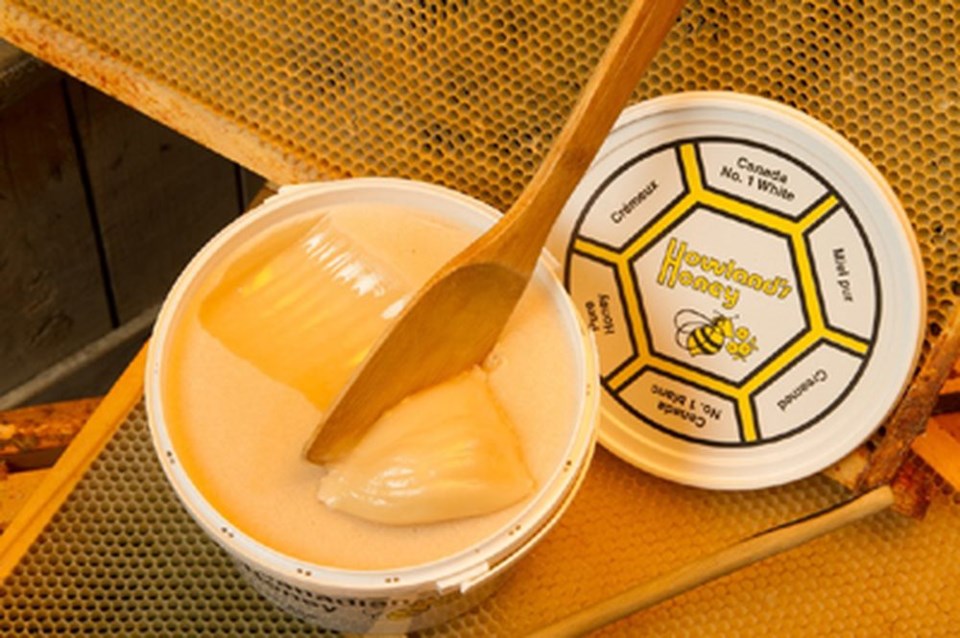CANORA — Located south of Canora near Good Spirit Lake, the Howland family has been keeping bees and selling honey for over 40 years under the name Howland’s Honey.
Dan Wasylenchuk, who married into the Howland family, said in most years, being part of the operation is a lot of fun.
“It’s that farm lifestyle, connected with nature,” shared Wasylenchuk. “You can set your own pace. Bees are amazing, it’s fun to watch them do their thing. For a small insect they do a lot of heavy work. In Saskatchewan, an average-sized hive of 60,000 bees can produce 300 pounds of honey.”
But for Howland’s Honey, along with many other honey producers, there is a real threat to their operations for the 2022 season. The varroa mite is appearing in hives across most of North America, with the potential for major losses.
“The varroa mite is a parasitic mite that lives on the bee, and it’s not a natural parasite to the European-style honey bee we use in Canada,” explained Wasylenchuk. “Once the eggs hatch, the mite feeds off the young larval bee, creates open wounds, weakens immune system and brings on viruses and other things that can cause death of the hive in severe cases.”
Once the mites are in the hive in large enough numbers, the viruses are allowed to take hold.
“Without the mite, the bees would be healthier and better able to fight off the viruses, much like we humans can survive the common cold unless we have been compromised by other health issues.”
Howland’s Honey has dealt with the varroa mite in varying levels of severity since the 1980s.
History tells them that once the mites get into hives, overwintering losses average around 30 to 40 per cent, but can be anywhere from 10 per cent to over 90 per cent. Wasylenchuk said multiple factors have come together to create potentially severe losses in 2022.
“Last year there was a mite buildup, then last winter was a tough winter for overwintering hives in most of North America. We had higher than normal losses due to colder temperatures, the winter was really long with more wind than usual, and we had snow cover until the end of April,” continued Wasylenchuk.
“A low level dose of insecticide is the accepted method of dealing with the varroa mite. But its effectiveness is starting to decrease, which is also part of the problem. Researchers are looking for answers.”
Howland’s Honey packages its own product and the honey is sold through a variety of retail outlets including Gateway Co-op and Costco.
“Normally at this time of year we are busy unwrapping hives and doing health checks on bees, but we are behind normal on that because of the long winter,” said Wasylenchuk.
Being a very labour-intensive operation, they have up to 20 employees during the busy season in the summer.




